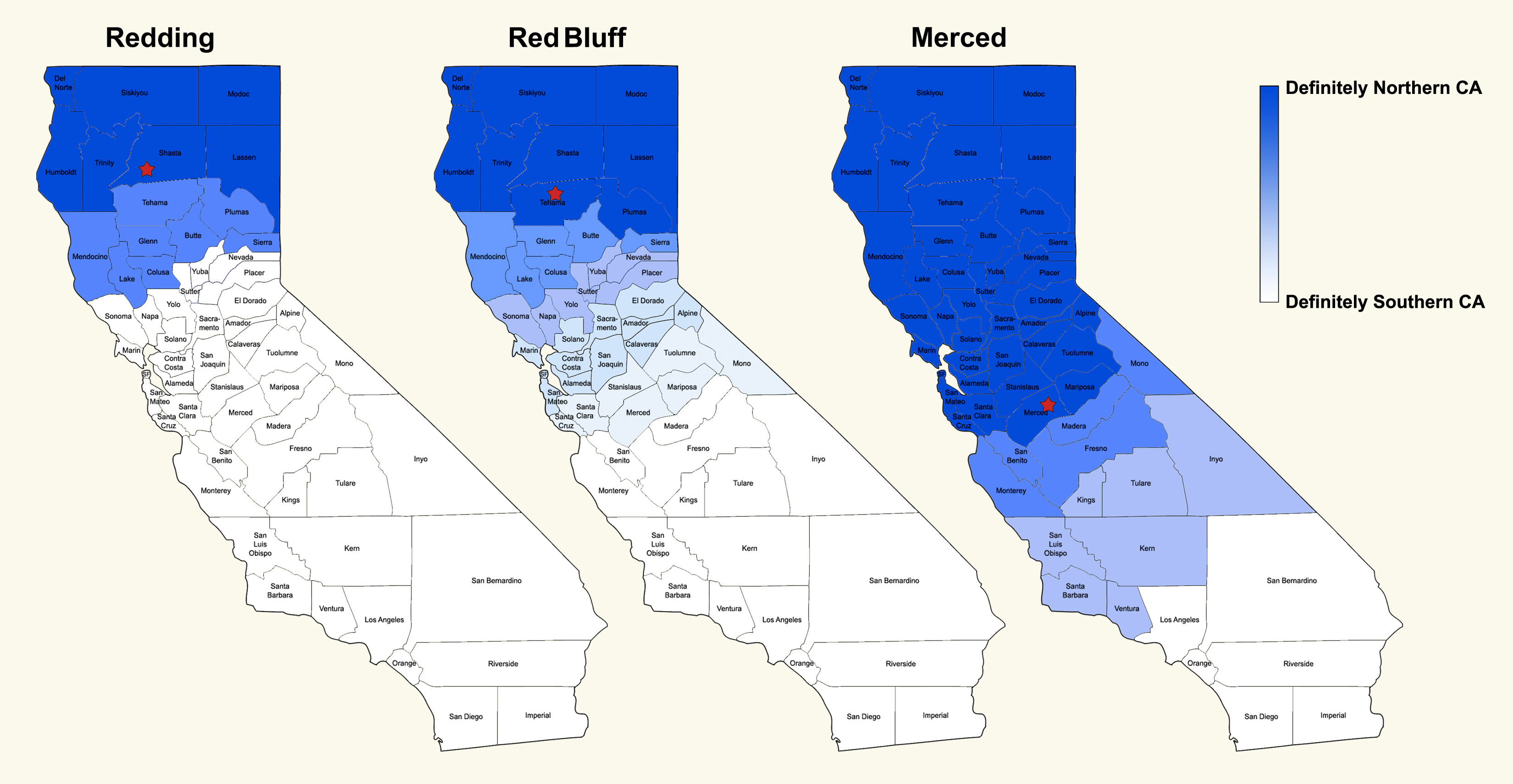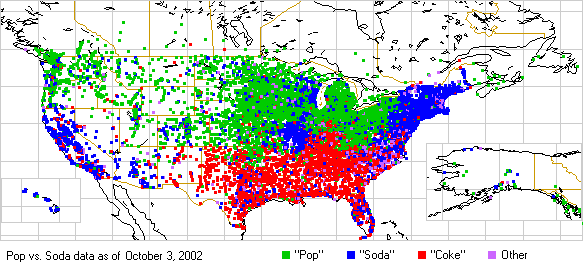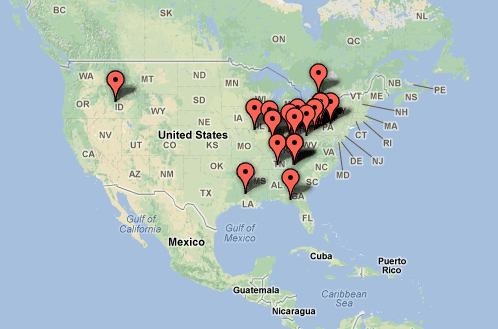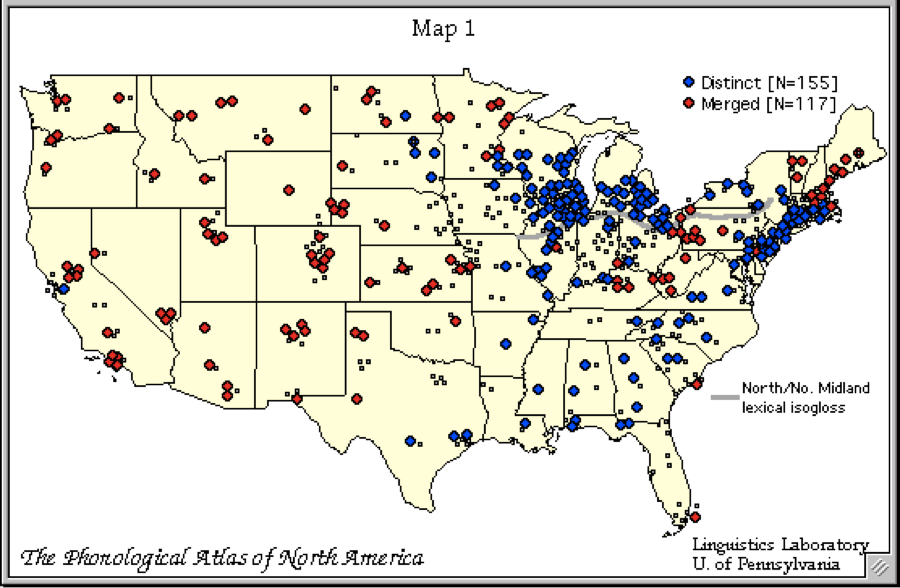Why explore dialectology?
Dialect differences can be very obvious (e.g. between American and British English) or very subtle – there may be just something different about the way someone talks that you can't quite put your finger on. Dialectologists explore these differences, both subtle and not so subtle.
Language changes constantly, and geographic dialects emerge as changes spread from person to person and from place to place, and as migration brings influence from distant dialects. California is a big state, with a diverse population and constant migration, so there's a lot to find. Voices of California seeks out what kinds of changes are taking place in California, how people perceive them, and how they're spreading.
We're also interested in how people use language to create community - to identify with some, and to set themselves off from others. This happens at the local and at the more global level. For example, we've learned that the "Nor-Cal" versus "So-Cal" dividing line really depends on where in California you're from. Take a look at this compilation of maps of California, which show where people in Redding, Red Bluff and Merced say the the southern boundary of Northern California is. People from Merced and Redding also disagree on where the Central Valley begins and ends:

|

| |
These differences more than likely relate to people’s attitudes toward various areas of the state, and they probably relate to their language use, too.
One of the questions the Voices of California project is interested in is: how do Californians use language to show others who they are and where they're from? You may have your own intuitions about who says "hella" and who says "hecka" or who says "take the 5 north" versus "take 5 north." By looking at ways of speaking in all areas of the state, alongside perspectives of smaller communities and the state as a whole, we can better understand the communities that have developed throughout the state: what makes them different, and what makes them similar to one another.
What dialectologists do
Most dialect work in the United States has focused on the area east of the Mississippi, and very little is known about dialects of the Western U.S.
What kind of variation is there in California itself? Do people from L.A. sound like people from Sacramento? Do people from Redding sound like people from San Francisco? These are the types of questions we are trying to answer with the Voices of California project.
We're interested in how people actually speak, not how they or others think they should speak. A language is not a set thing, but an activity, and people engage in this activity to suit their needs. A particular way of speaking may gain status, be called the "Standard," and taught and required in school. This website is written in Standard American English. But there is nothing inherently better, or more systematic or "grammatical" about this dialect than any other dialect.
Variation in English (or any other language) happens at all levels - pronunciation, vocabulary, and grammar.
Vocabulary
Variation in the vocabulary is often the most noticeable. What Americans call an elevator, British people would call a lift. In Los Angeles, a fizzy soft drink is almost always called soda, while in Chicago, it’s more often called pop. As you can see from this map, there’s plenty of variation in this vocabulary item throughout the U.S.:
There’s even a website dedicated to this issue! You can find more
info at popvssoda.com. (this
site is the source of the above image).
We haven't studied vocabulary differences across California, but
perhaps at some point we will. If there are vocabulary
items you think we should check out, let us know.
Grammar
A number of grammatical features show variation across the United States - some of them are noticed more than others. The Yale Grammatical Diversity Project is documenting syntactic diversity in North America. For example, the map below shows where people use a past participle after needsinstead of an infinitive or a gerund, so they say "the car needs washed" instead of "the car needs washing" or "the car needs to be washed."
Sounds
“Accents” are a way to refer to variation in the sounds of language. To a great extent, we can tell which part of the US someone is from on the basis of how they pronounce their vowels.For example, look at this map from the Phonological Atlas of English. Most people in the West pronounce the words cot and caught the same, but back east, they're pronounced differently. This map shows where people have the "cot-caught merger," and where they don't. Each dot represents one speaker. The red dots represent people who pronounce cot and caught the same, that is, they have the merger, and the blue dots represent people who don’t have the merger.

Some work has been done on California English pronunciation, but mostly in large, urban, coastal areas like L.A. and San Francisco. And L.A. speech dominates representations of California speech in the media. But do these Californians sound the same as Californians in other parts of the state? Take a look at our California Sounds Page to see what we've learned so far.